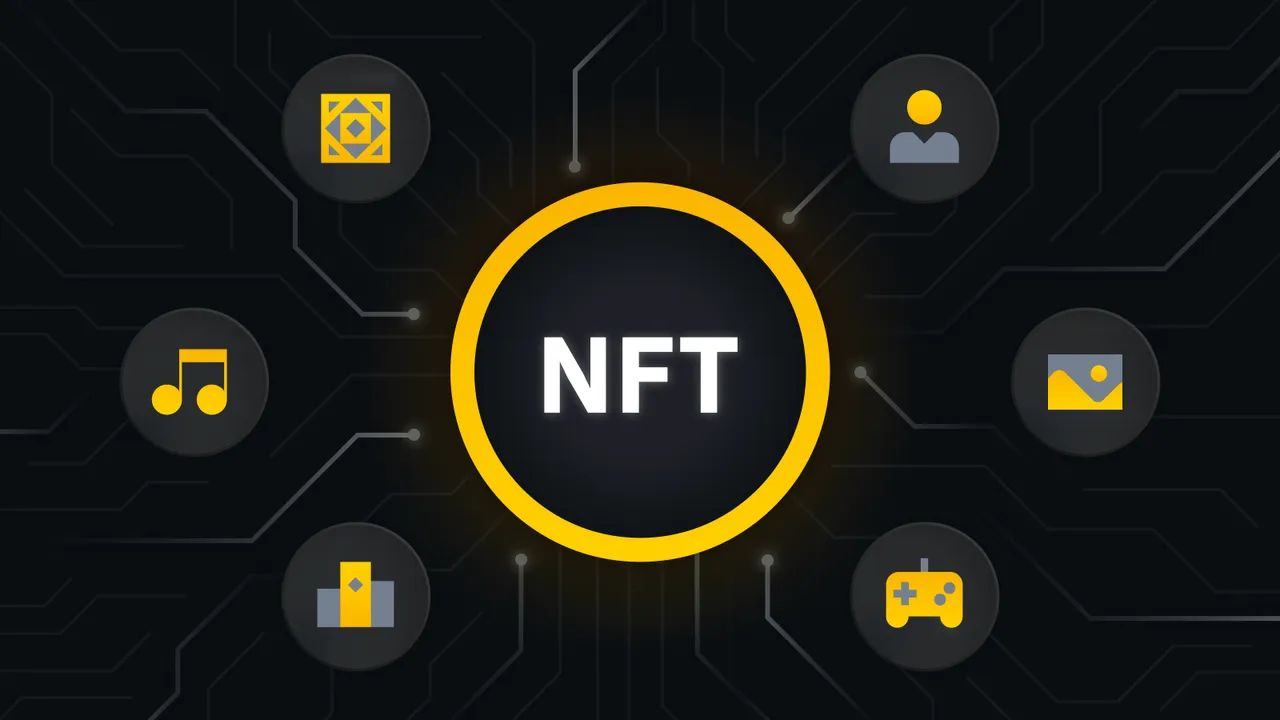NFTs: the Future of Digital Ownership or a Passing Trend?
NFTs Defined
Drs. Jonathan and Quinn Buntin explained the ways that Non-Fungible Tokens (NFTs) are more than digital art. My exposure to NFTs prior to this video was NFTs being digital art. I knew there was some unique quality to an NFT, but I did not understand how they work or the value that an NFT could have. The simple definition of an NFT was that it is a “unique digital identifier that cannot be copied, substituted, or subdivided.” The more complex definition that they shared was that an NFT is a “chunk of digital data recorded in a blockchain that certifies authenticity and proves ownership- who it was created by and who it currently belongs to.” The ownership is for a specific digital asset and the specified rights relating to that asset. Surrounding NFTs is the idea of digital ownership, which is verified through blockchain technology. A non-fungible token is one-of-a-kind and non-interchangeable. An NFT is valuable because it reflects the value of the thing it represents. This is similar to a sports ticket, which represents the experience of an athletic event.
NFTs as Art
The most well-known category of NFTs is art, and it can be digital, dynamic, or royalty based. Digital art means that the image moves. With dynamic art, data is pulled from websites and the art changes based on the patterns in this data. Finally, there can be royalties received based on the NFT that is owned. However, Drs. Jonathan and Quinn Buntin emphasized that NFTs are more than digital art. Other areas that are incorporating NFTs are music, fashion, the metaverse, games, membership, and sports.
NFTs: Beyond Art
In music, it is possible to buy an NFT for a song. Through royal.io, you can find and support artists by purchasing NFTs and begin receiving royalties through ownership of that NFT. This allows artists to share their profits with fans who have supported them, and it gives fans some incentive to support their artists and push them to fame.
The fashion industry has also begun incorporating NFTs, especially in marketing. Coach used NFTs in a marketing campaign, promising some sort of reward if consumers purchased one of the NFTs. Later, those with an NFT found out they could get a free bag through their ownership. RFID tags have also been used in physical items to award people with NFTs. When they scan the RFID tag, they now have a digital asset along with their physical one.
Metaverse is a network of 3D virtual worlds focused on social connection. It is a centralized network owned by Meta where people can interact together, including going to events and concerts. Other examples include Decentraland and oncyber.io, which are both virtual, immersive experiences in different ways.
In games, play to earn has been growing in popularity. In these games, funds earned by playing can either be transferred into a cryptocurrency wallet or used to buy other in-game items. For example, these games have been used in the Philippines to earn income. This was especially important during the COVID-19 pandemic when income was more difficult to earn.
NFTs have also grown in popularity surrounding membership. In this area, the membership becomes an asset to the token holder, which can later be sold, transferred, or leased to other people on the secondary market. Typically, this would be done for a profit after demand has caused the value to increase from the original value in the primary market. One example is the Bored Ape Yacht Club. Those with membership get to meet others at events that are hosted and get free access to supreme clothing collections. Another example is the Flyfish Club, where only those with a certain NFT can book a reservation at a restaurant in New York.
In addition, the sports industry has found a way to reward loyal customers. NBA Top Shot, NFL All Day, and Fan-controlled Football are all examples. Specifically, Fan-controlled Football allows viewers who have a certain NFT to login to the app and vote on a play in the game.
Conclusion
One of the largest benefits of NFTs is the proof of ownership. Because of the blockchain, NFT ownership is fully transparent to everyone. In a situation where receipts might need to be kept to prove ownership, blockchain renders them obsolete. NFTs allow the production process of an item to be tracked, even to the beginning of manufacturing. NFTs are about community and membership. They reward those that are loyal to a brand and build a community around that brand. However, I’m not sure if this is something I currently see value in. Maybe it’s because there weren’t any specific examples provided that resonated with me. Maybe I would be more interested if I had more disposable income. The NFT and cryptocurrency market are both volatile, meaning there is high risk in both. It is important for everyone to do their own research to figure out what is best for them. With something that feels like such uncharted territory, I am wary of being involved. I don’t personally see a need to get involved, especially with the perceived (and actual?) risk.
